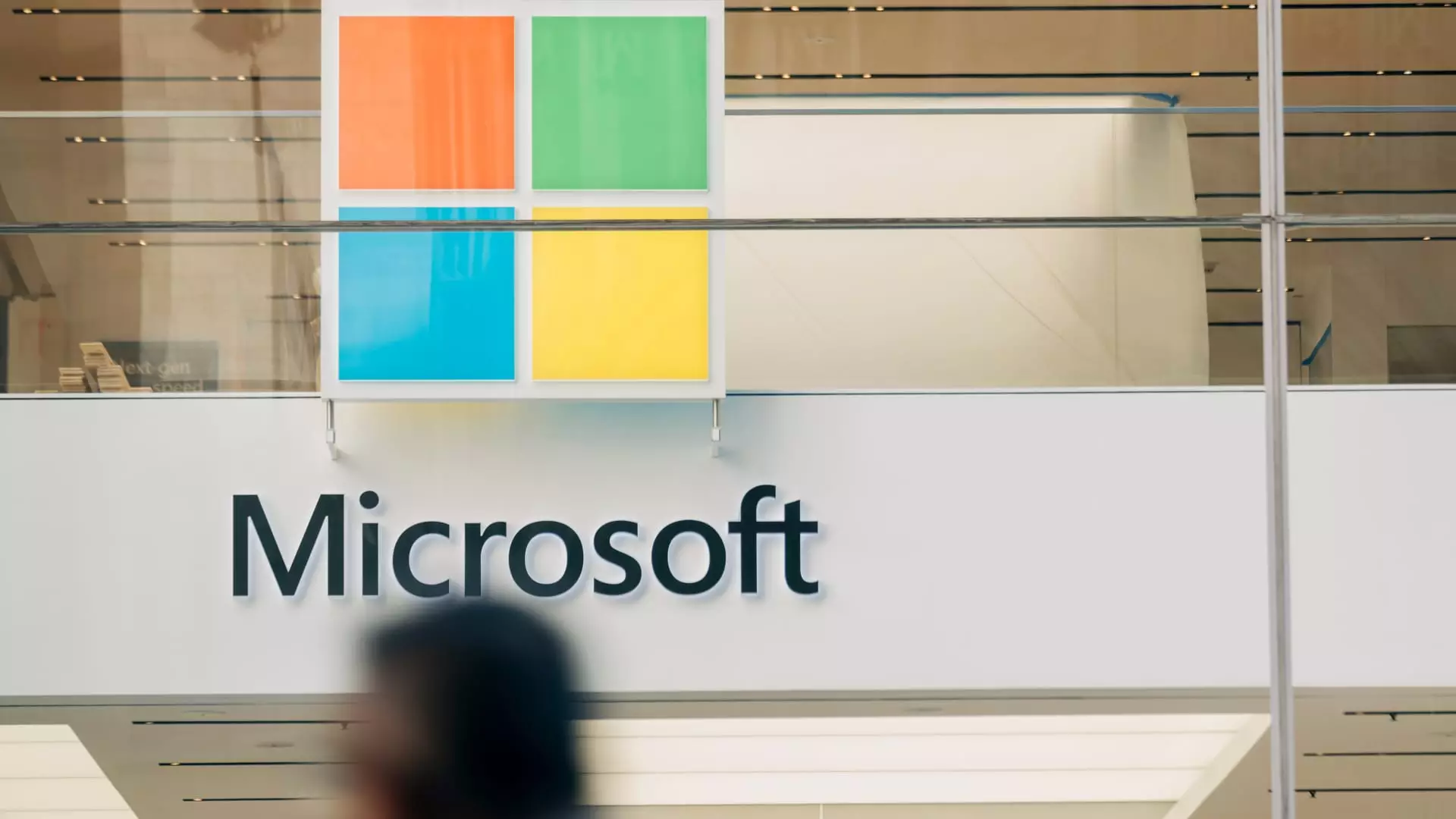Over the weekend, Microsoft faced significant backlash due to a widespread outage impacting Outlook and other major services within the Microsoft 365 suite. This disruption affected tens of thousands of users, drawing attention not only from those directly impacted but also from onlookers across various social media platforms. Reports indicated that after 3:30 p.m. ET, problems escalated quickly with an alarming spike in complaints regarding the accessibility of various tools, such as Outlook, Microsoft Teams, and Microsoft Exchange. The situation raised widespread concern about the reliability of Microsoft services, which are essential for many users and businesses globally.
The immediate frustration felt by users was palpable as many took to social media—particularly on the platform X (formerly Twitter)—to air their grievances. Complaints centered on the inability to access important emails and collaborate effectively through Microsoft Teams. The concentration of reports from urban centers like New York, Chicago, and Los Angeles underscored the potential extent of the problem, indicating that many business professionals were left in the lurch during crucial working hours. This situation not only caused disruptions in professional productivity but also triggered fear regarding the stability of Microsoft’s cloud infrastructure.
In an effort to mitigate the fallout and reassure users, Microsoft’s official 365 Status account promptly acknowledged the issue. The tech giant began investigating the problem while providing updates through its service health update page. The disclosure of the “potential cause” alongside a plan to revert the problematic service update suggested that the company was taking proactive steps to rectify the situation. They emphasized entering a “period of extended monitoring” to ensure service stability, highlighting their commitment to maintaining user trust amidst the chaos.
This incident serves as a learning opportunity for Microsoft, especially considering its critical role in the daily operations of countless businesses and individuals around the world. While outages can occur in any system, the rapid and effective communication from Microsoft was crucial in lessening the severity of the backlash. Moving forward, it is imperative for tech giants like Microsoft to enhance their contingency planning and service resilience to avoid such widespread disruptions in the future. Communication will be key; keeping users informed in real-time during outages can drastically improve their experience and reduce frustration.
Ultimately, as technology becomes increasingly integrated into our daily lives, the significance of reliable service cannot be overstated. Users rely on platforms like Microsoft 365 for communication and productivity. Hence, swift action and transparent communication during outages are vital for sustaining user loyalty and trust. While Microsoft has demonstrated responsiveness in this instance, it must continuously evolve its infrastructure and contingency plans to prevent similar occurrences, thereby ensuring a more robust and reliable service for its users.

